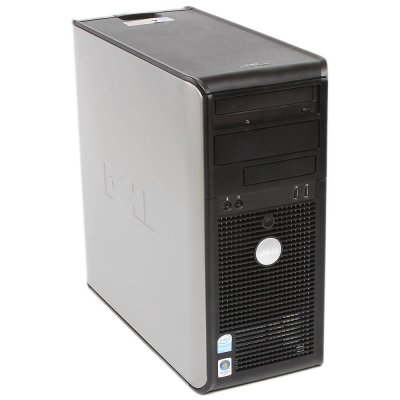rbmrtn
Thinks s/he gets paid by the post
I went ahead and ordered a used PC from ebay (same model as the Dell I have), with no OS. (For about $50). I'm hoping, with that I can just transplant all my stuff (hard drives, DVD burner, graphics card, memory) to that computer, then do a restore of my system and data from Macrium Reflect image copies.
If it is the same model all you should have to do is swap the parts into it. Shouldn't have to reload anything ( unless your HD died ).



